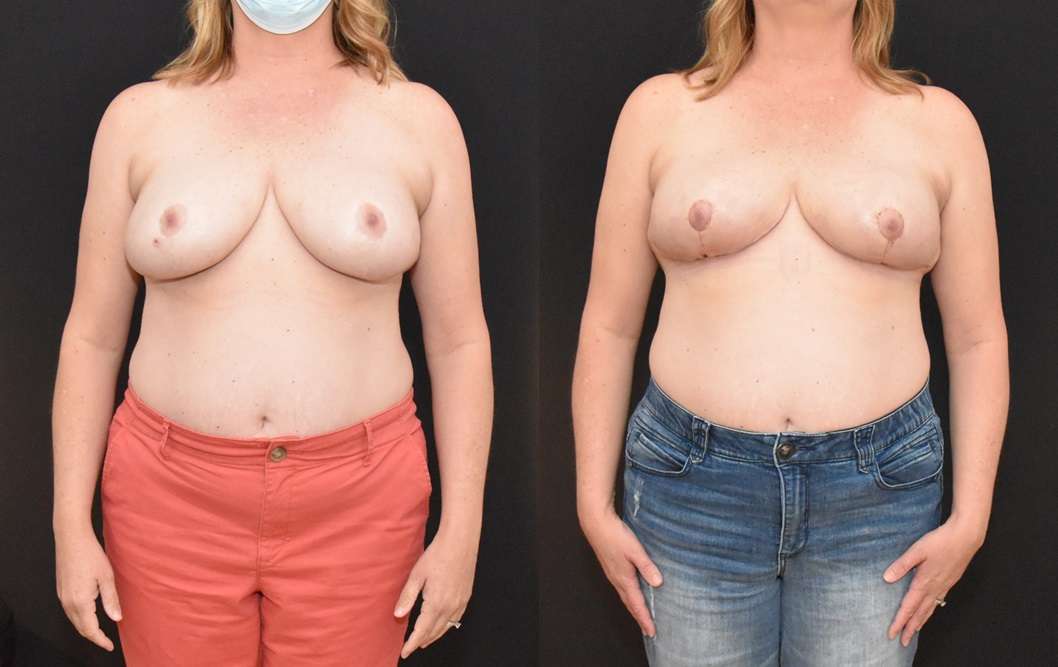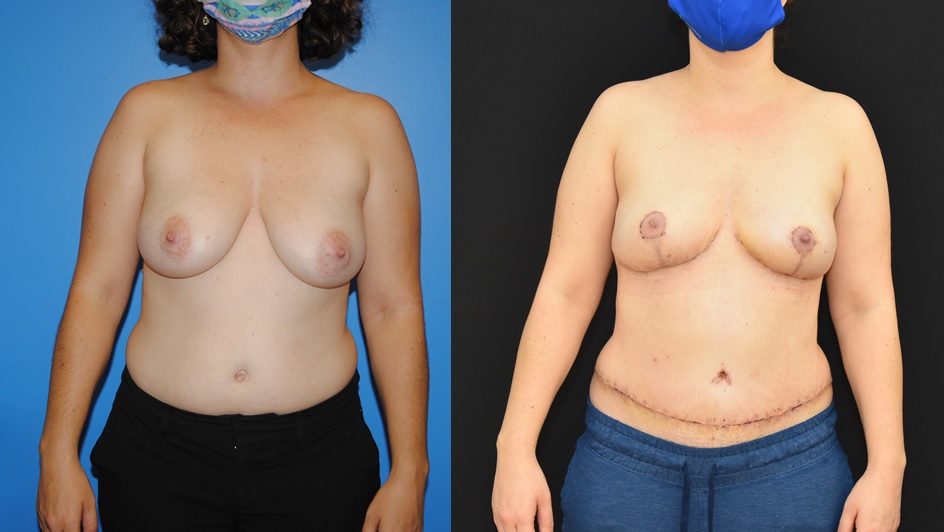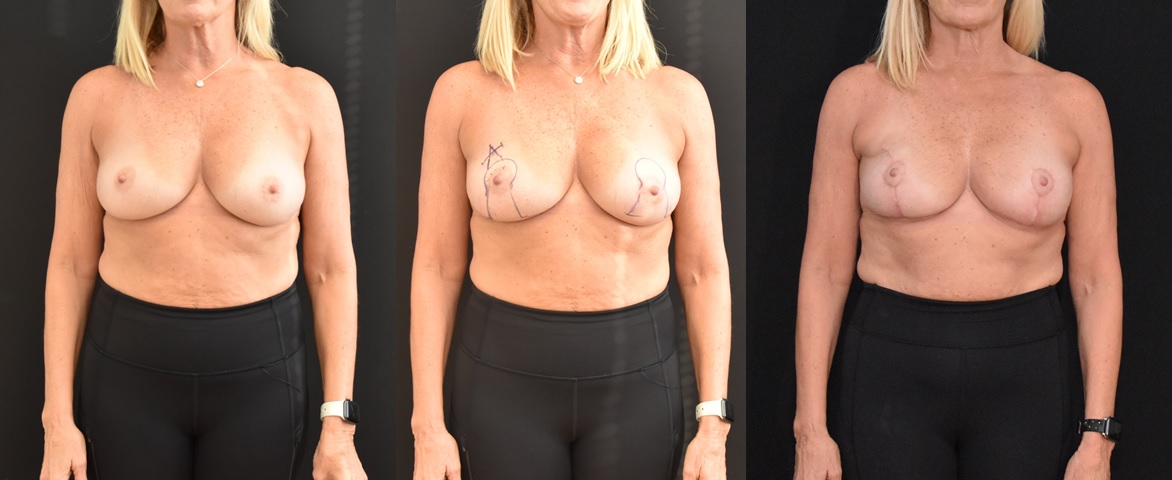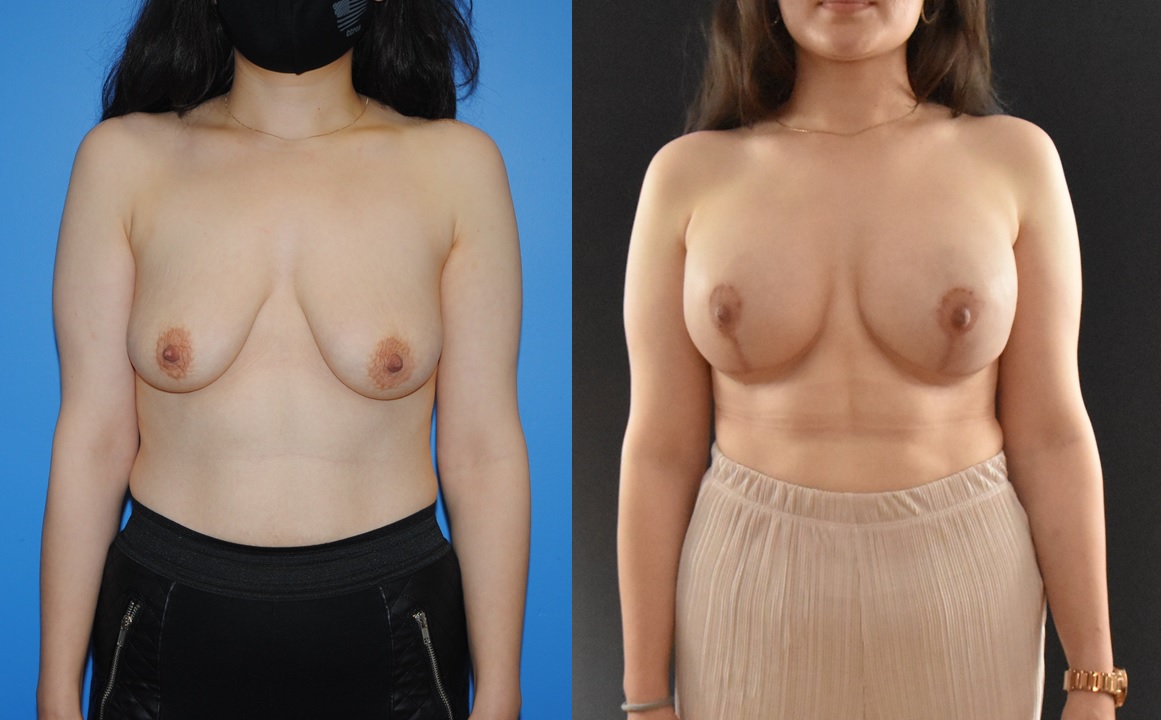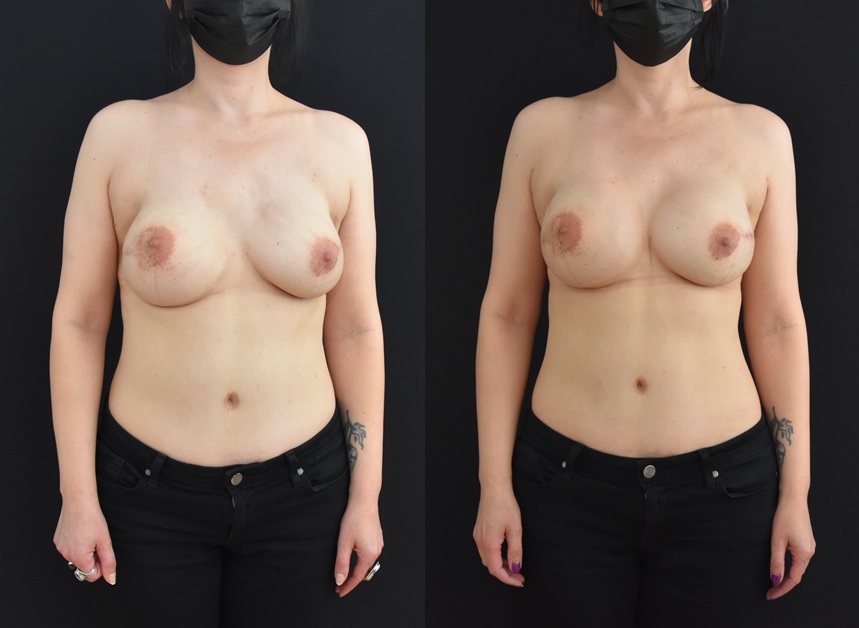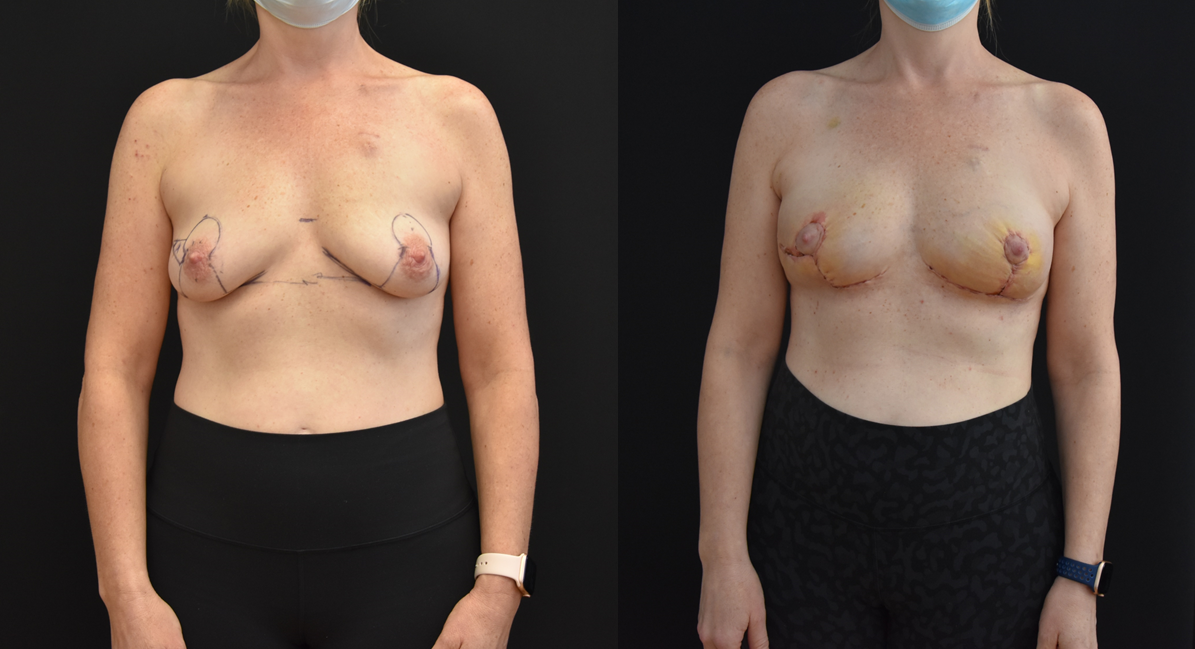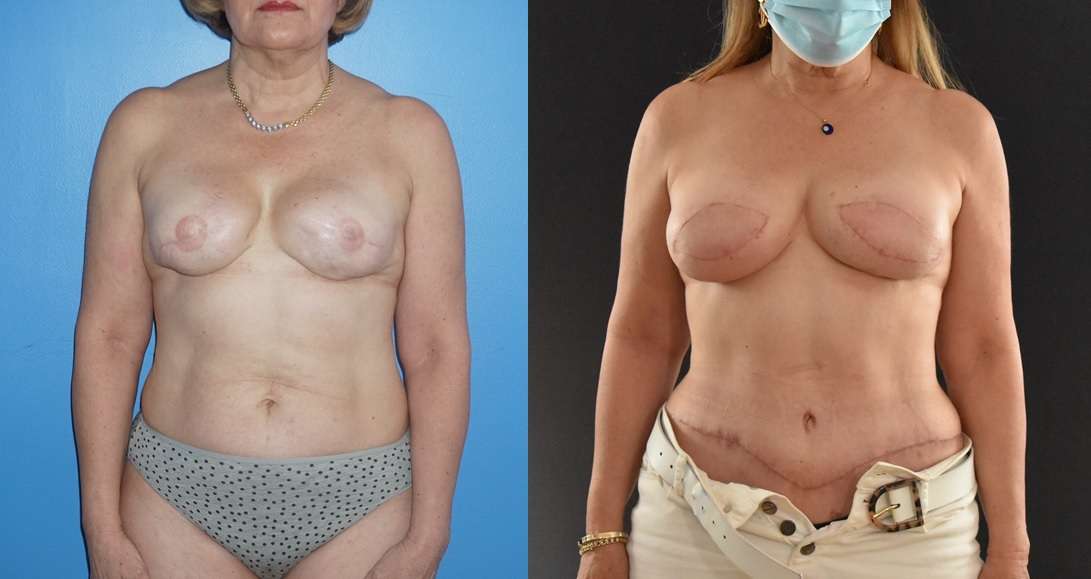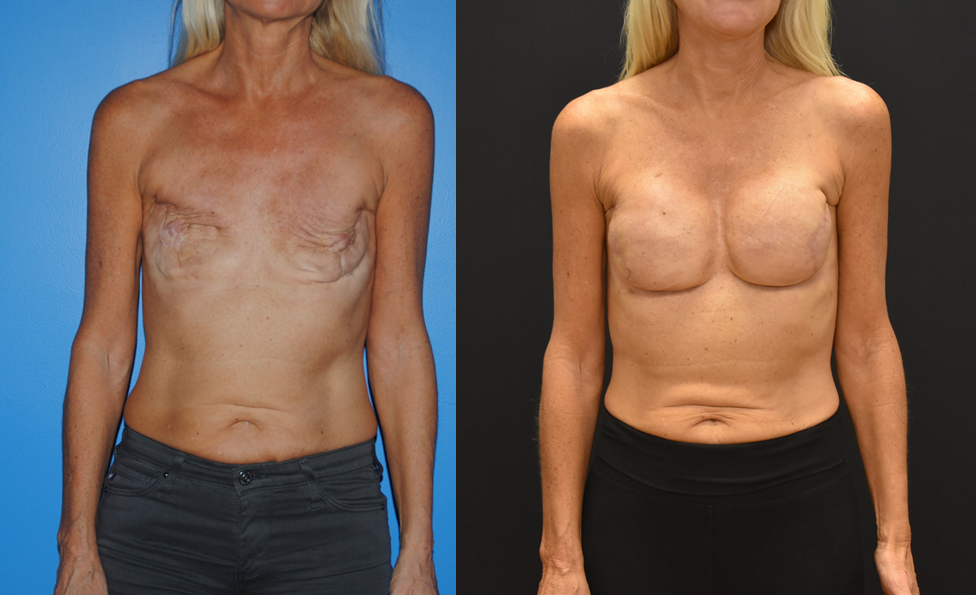There are many different ways to reconstruct the breast following lumpectomy. Oncoplastic reconstruction of lumpectomy defects can provide excellent exposure for the oncologic breast surgeon to perform a lumpectomy and it can also allow the breast to be reconstructed in an aesthetic fashion. The mastopexy or breast lift component of the reconstruction can make a more compact target for radiation…
